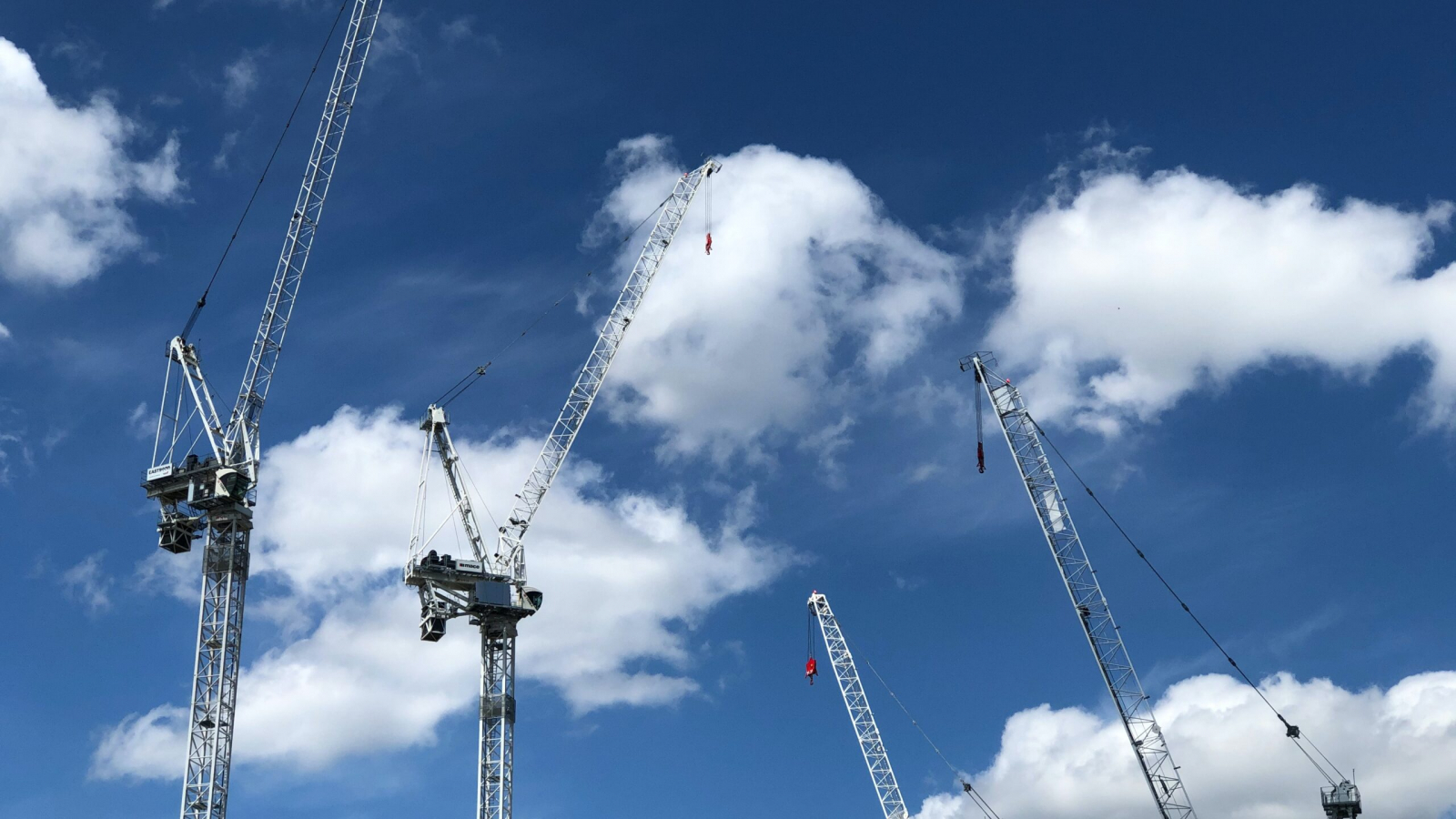Urban regeneration, sometimes referred to as urban renewal, involves the investment of public money or private finance into areas in need of lasting improvement.
Examples of well-known urban regeneration projects include the construction of the Millennium Dome and the creation of the 2012 Olympic Park. Both of these initiatives aimed to regenerate deprived areas of London and create new jobs and homes for residents.
In order for an urban regeneration project to be successful, it is important to consult with local residents and businesses to ensure that it meets their needs. It is also crucial to have a clear plan in place for how the regeneration will be funded and delivered.
Urban regeneration can be a powerful tool for the revitalisation of cities and improving the lives of residents. However, it is important to ensure that it is carefully planned and executed in order to be successful.
What does urban regeneration mean?
It’s the process of renewing and invigorating urban areas that have become run-down or derelict. The main aim of urban regeneration is to breathe new life into town centres by attracting more shoppers and businesses. This can be achieved by redeveloping existing buildings, creating new pedestrianised areas and improving public transport links.
In order for an urban regeneration project to be successful, it is important to consult with local residents and businesses to ensure that it meets their needs. It is also crucial to have a clear plan in place for how the regeneration will be funded and delivered.
Urban regeneration can be a powerful tool for revitalising cities and improving the lives of residents. However, it is important to ensure that it is carefully planned and executed in order to be successful.
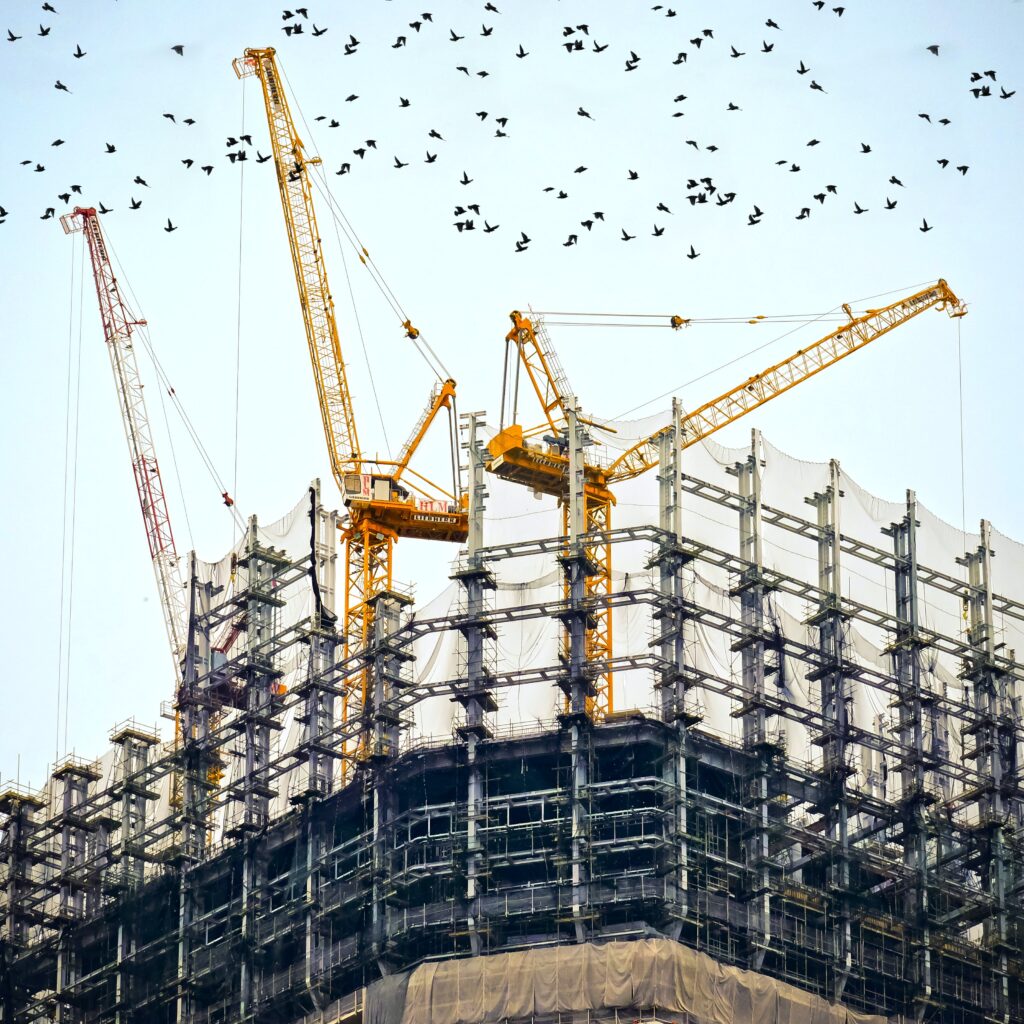
Types of urban regeneration
There are four main types of urban regeneration: economic, social, governance and environmental.
Economic regeneration focuses on creating new jobs and businesses in an area. This can be achieved through the construction of office buildings, factories, retail parks and looking to increase footfall through high street regeneration.
Social/cultural regeneration aims to improve the lives of residents by providing them with better housing, education and healthcare. This can be achieved through the regeneration of housing estates, the construction of new schools and the provision of healthcare facilities.
Environmental regeneration focuses on improving the quality of the environment in an area. This can be achieved through the planting of trees, the creation of green spaces and the improvement of air quality.
Governance regeneration, also known as community regeneration, encourages neighbourhood strategies and community groups. It includes the regeneration of public spaces such as parks, playgrounds and libraries. It is about improving the lives of residents by providing them with better facilities and services. This can be achieved through the regeneration of housing estates, the construction of new schools and the provision of healthcare facilities.
What is retail-led regeneration?
Retail-led regeneration is a type of urban regeneration that focuses on breathing new life into town centres by creating a mix of shops, cafes, restaurants and leisure facilities that will appeal to a wide range of people. The benefits of retail-led regeneration include the creation of new jobs, the revitalisation of town centres through beautification and the improvement of the local economy by encouraging increased footfall.
When done correctly, retail-led regeneration can be effective in improving the lives of residents and the growth, both physical and financial, of cities. However, it is important to ensure that the right mix of shops and amenities are provided in order for it to be successful.
Some examples of urban regeneration projects include the redevelopment of housing estates, the construction of new schools and the provision of healthcare facilities. Other examples include the regeneration of public spaces such as parks, playgrounds and libraries.
How does retail-led regeneration benefit a city or neighbourhood?
The benefits of retail-led regeneration include the creation of new jobs, the revitalisation of town centres and the improvement of the local economy. When done correctly, retail-led regeneration can be a powerful tool for improving the lives of residents and revitalising cities.
Quality of life
Better quality of life for local people is one of the main aims of retail-led regeneration. Great investments in abandoned properties have the potential to turn around areas which were once run down and neglected. Local people benefit from having more job opportunities, improved facilities and a greater sense of pride in their area.
The impact of a beautiful space on an area’s economic value is immense. The revitalization can bring new life into these areas which were once run down and neglected, making them more valuable for future generations to come!
Retail-led regeneration can have a profound effect on pride of place. It can help to create a sense of community and belonging, and can be a catalyst for social and economic change. It can also help to revitalise an area and make it more attractive to residents and businesses alike. In short, retail-led regeneration can be a powerful tool for regeneration and revitalisation. However, it is important to ensure that retail-led regeneration is undertaken in a way that is sensitive to the needs of the community and the environment, and that it does not simply result in the displacement of existing residents and businesses. When done right, retail-led regeneration can be a force for good.
Accessibility
Regenerating retail areas with a focus on accessibility can have major benefits for local residents. Regenerated neighbourhoods will become more inviting and lively, bringing an influx of economic activity too. This means that residents can get to jobs and training more easily. Retail-led regeneration also has a positive effect on the local economy. By making retail areas more accessible, we can encourage more spending, create more jobs and opportunities for local people.
Better integration and cohesion due to retail-led regeneration is something that we’re starting to see more of in our cities. This type of regeneration can have a profound effect on the social fabric of an area, bringing people from all walks of life together and creating a sense of community.
In many ways, this is the power of retail-led regeneration: it has the ability to bring people together and create a sense of place. When done well, it can be a powerful tool for revitalising an area and making it a more attractive and vibrant place to live.
It can also have a number of positive effects on connectivity. For one, it can help to connect people with the places they live and work. Additionally, it can improve connectivity between different parts of the city or region. Finally, retail-led regeneration can also create new opportunities for social interaction and economic activity. All of these factors can contribute to a more connected, vibrant and prosperous community.
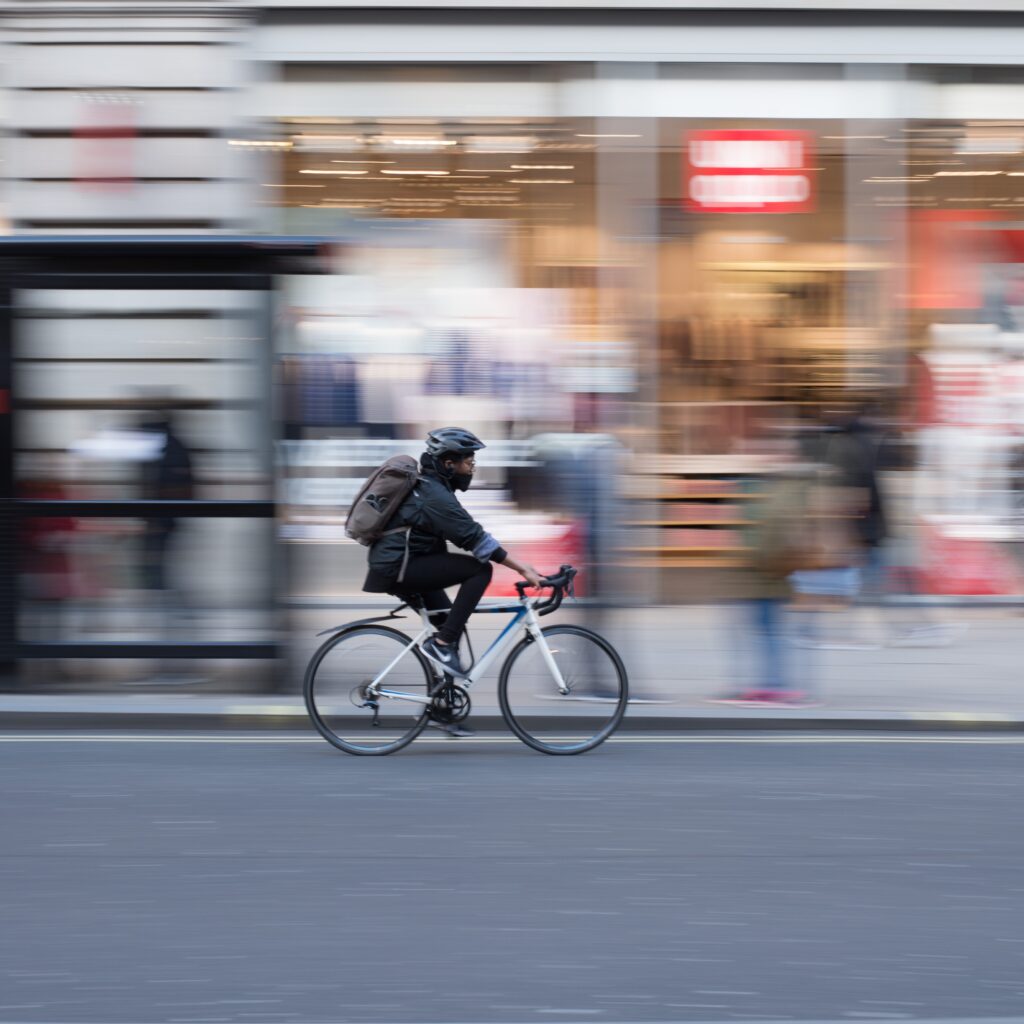
Safer environments
The retail-led regeneration of urban areas can create a cleaner and safer environment. This can happen in a number of ways, including:
- By providing more green space and better facilities for people to enjoy;
- By encouraging people to use public transport, cycle or walk instead of using cars;
- By promoting the use of recycled materials in construction projects;
- By supporting local businesses and employment;
- By improving the quality of the built environment.
When done correctly, retail-led regeneration can create a cleaner and safer environment, and make the area more enjoyable to live in.
What are some challenges associated with urban regeneration?
Some challenges associated with urban regeneration include finding the right mix of shops and amenities, making the town centre easily accessible and attractive, and ensuring that the regeneration project is financially viable.
Another challenge is to ensure that the regeneration project benefits the local community and does not just benefit developers or other outside interests.
The final challenge is to make sure that the regeneration project is sustainable in the long term – this means considering things like green infrastructure, energy efficient buildings and making sure there are enough jobs to support the population.
Urban regeneration UK examples
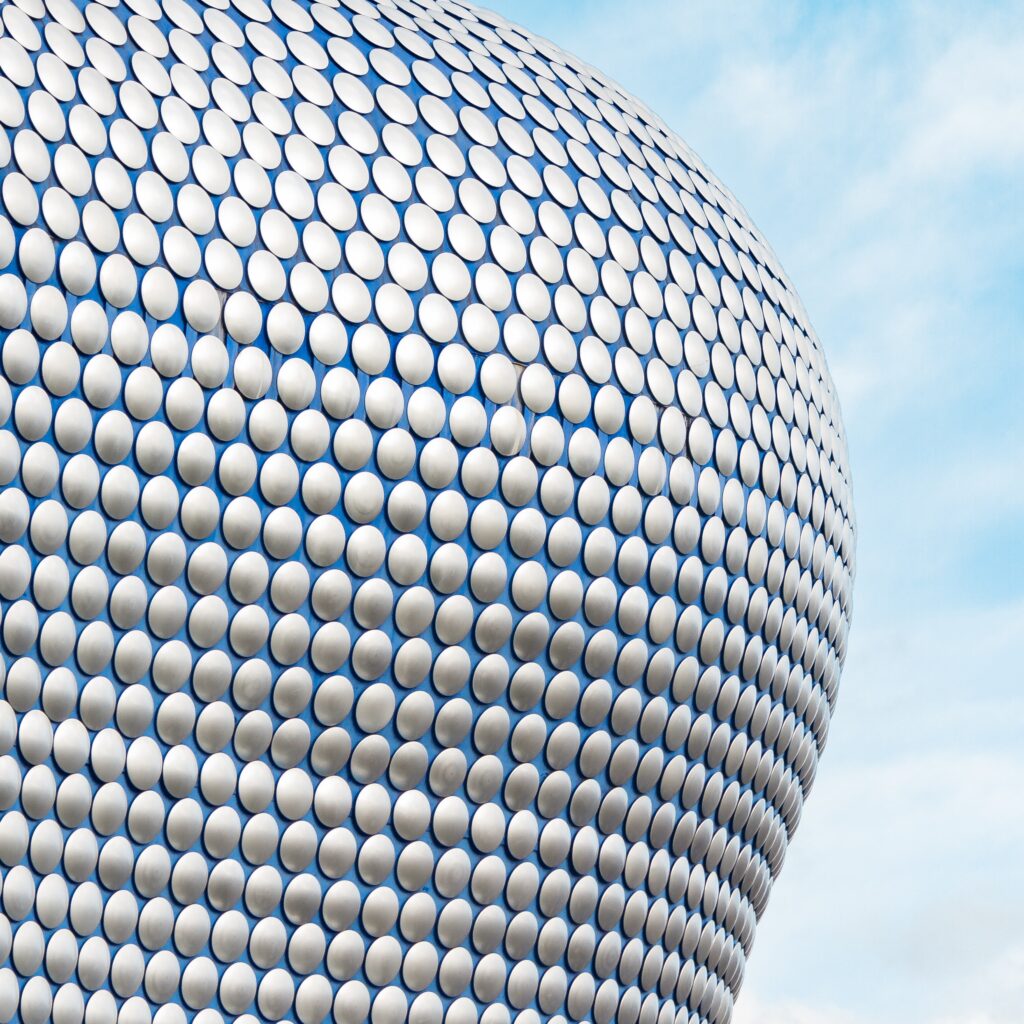
Birmingham Bullring
Birmingham’s Bullring is another well-known example of retail-led regeneration. The £500 million regeneration project created a new shopping centre with over 160 shops, restaurants and cafes. The project also included the construction of a new library, museum and art gallery.
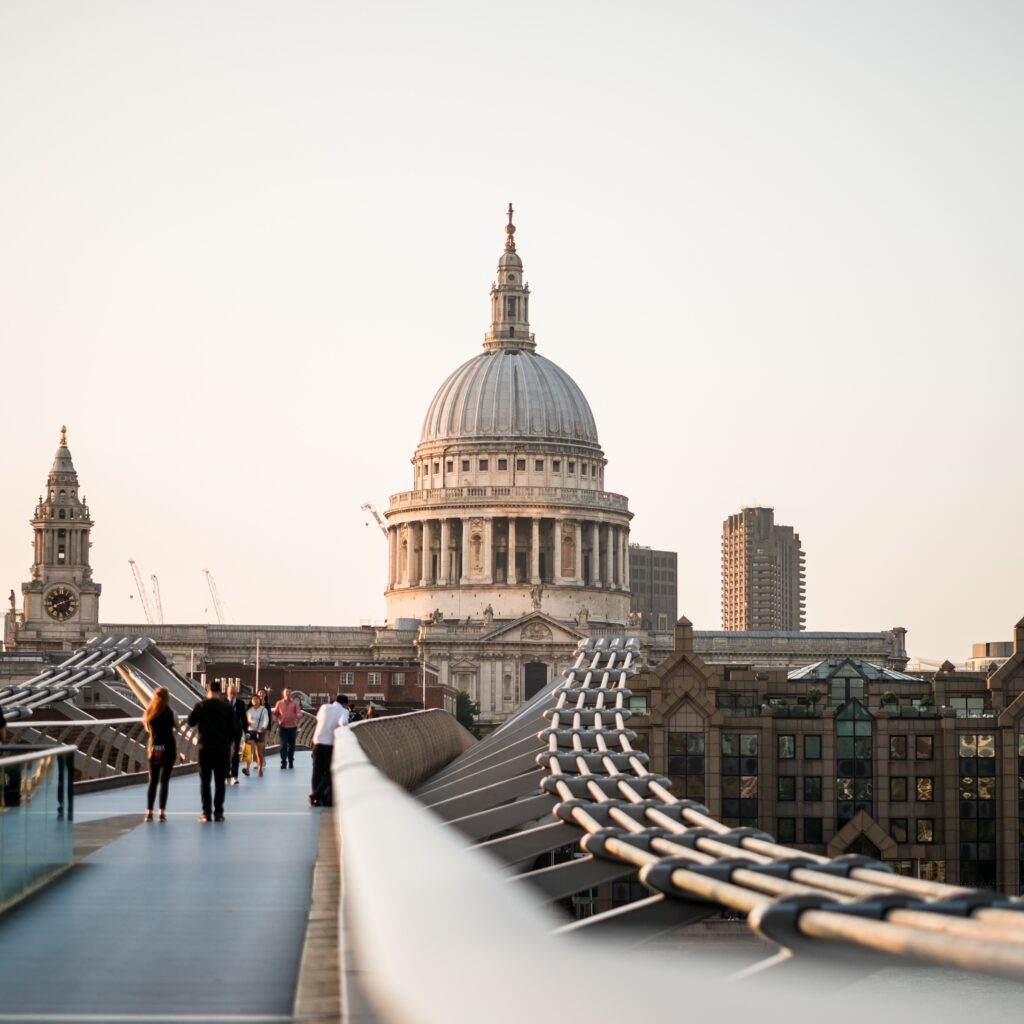
London Millennium Dome
The London Millennium Dome is one of the most famous examples of retail-led regeneration in the UK. The dome was built to house the 2000 Millennium Exhibition. Since then it has been redeveloped to house a 26,000-capacity arena. The project has successfully developed the surrounding area, including building 10,000 new homes and creating 24,000 jobs.
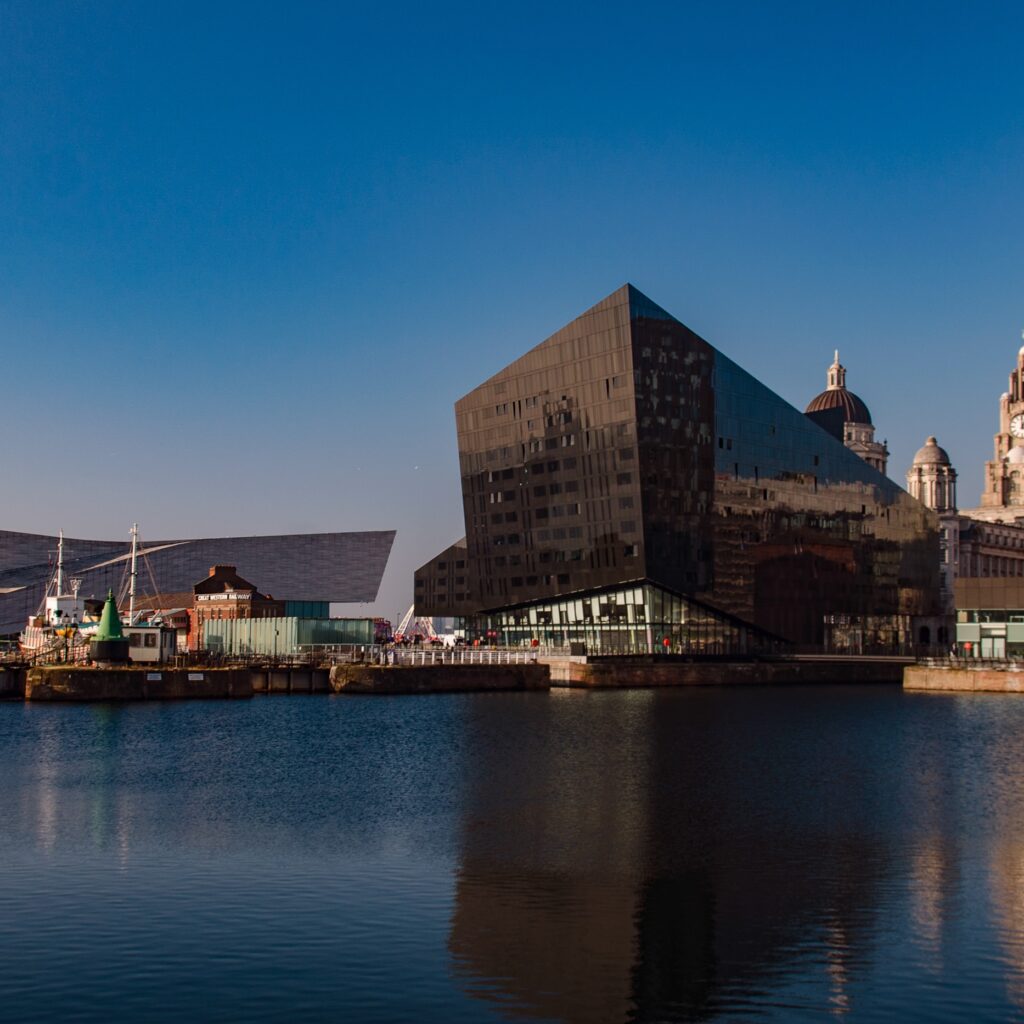
Liverpool ONE
Liverpool’s £920 million regeneration of its waterfront area includes the construction of a new museum, library, office space and apartments. Liverpool ONE has over 170 stores and services, creating 5,000 jobs.
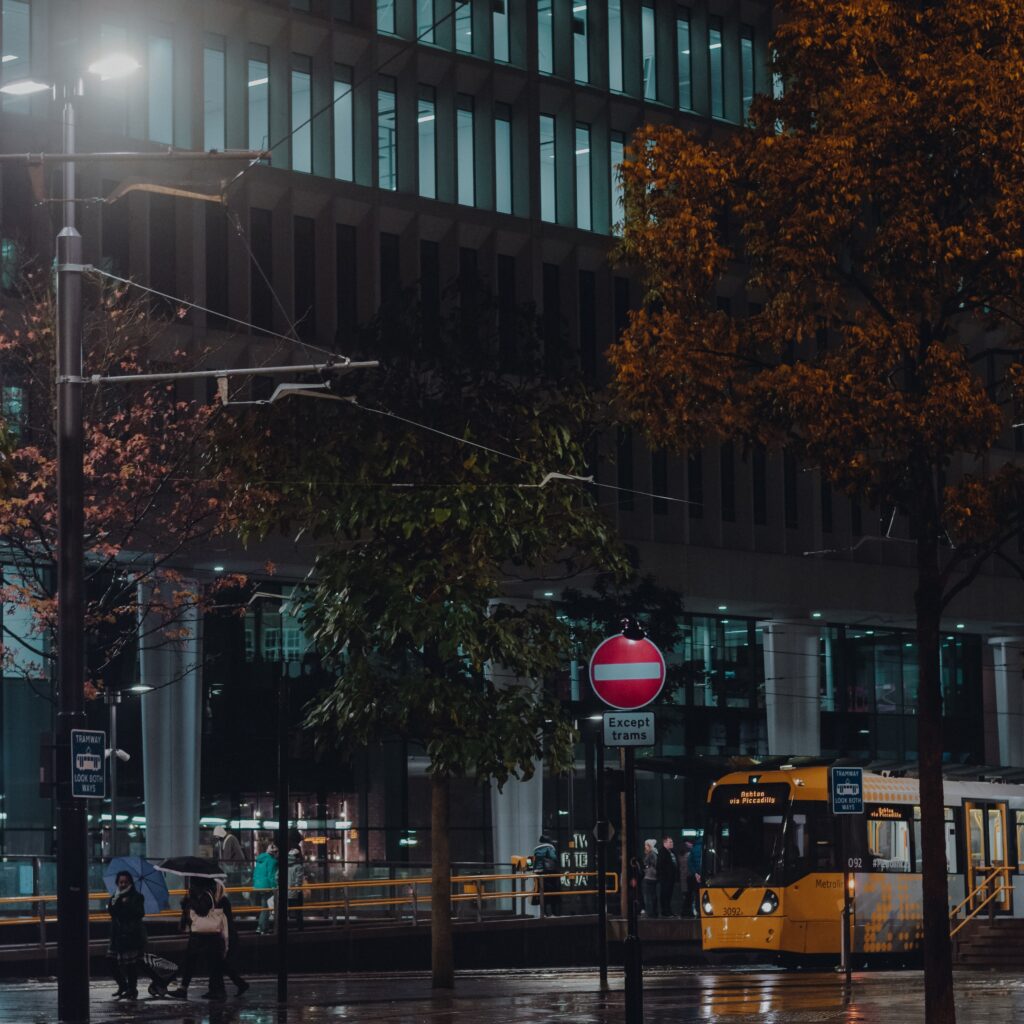
St Peter's Square
In Manchester, the £165 million St. Peter’s Square redevelopment has transformed the area around the city’s main train station. The project included the construction of a new tram stop, office space, shops and apartments.
These are just a few examples of the many regeneration projects that have taken place in cities across the UK. Retail-led regeneration can have a positive impact on an area, but it is important to consider the challenges associated with such projects before embarking on one.


